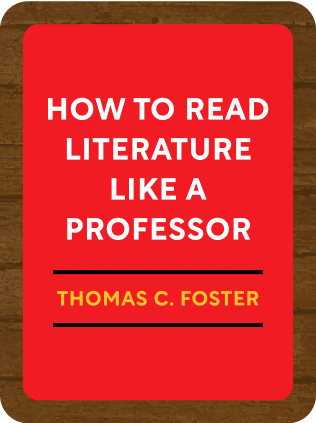

This article is an excerpt from the Shortform book guide to "How to Read Literature Like a Professor" by Thomas C. Foster. Shortform has the world's best summaries and analyses of books you should be reading.
Like this article? Sign up for a free trial here .
Why is it important to try to read without bias? How can you get past the unsympathetic qualities of a book and learn from their messages?
When reading literature, it can be easy to judge the book based off preconceived notions. If you read this way, then you will miss the important messages in the book. You should try to read literature as they were intended to be read.
Continue on to learn more about reading literature with an open mind.
Read With an Open Mind
In order to read like a professor, you’ll have to learn to have an open mind read without your own biases and the fixed position of being you in the year that you are in. Instead, you should try to read every novel as it was intended to be read.
As a reader, you should remain open-minded enough that you can sympathize with the historical moment in which a novel was written. And sometimes the social, historical, or cultural background of that novel will clash with what you know or feel to be true.
For example, Greek epics have many unsympathetic qualities, like concubines and violent slaughter. But there are plenty of valuable lessons to learn from these works if you can read like a citizen of ancient Greece and put those things aside.
Unfortunately, some literature will have racist undertones or sexist remarks. And sometimes, you will want to reject those works rather than try to sympathize with the author. That is your prerogative as a reader. However, you should always give the novel a chance with an open mind before you decide to reject it.
Example: “Sonny’s Blues”
At the end of James Baldwin’s “Sonny’s Blues,” the main character shows forgiveness and understanding to his brother, a reformed drug addict, by sending him a drink. Today, many readers know that alcohol can be dangerous to a recovering addict. But in 1957 when the story was written, that information was not widely known. And more importantly, it isn’t helpful in understanding the story.
“Sonny’s Blues” is a story about the main character’s redemption, not Sonny’s. And as the reader, if you can’t differentiate your own knowledge about addiction from what was known at the time, you risk missing the touching message at the end of the story.

———End of Preview———
Like what you just read? Read the rest of the world's best book summary and analysis of Thomas C. Foster's "How to Read Literature Like a Professor" at Shortform .
Here's what you'll find in our full How to Read Literature Like a Professor summary :
- How to get more out of the novels that you read
- Why you should focus on memory, symbols, and patterns to understand literature better
- Why sex scenes aren't always about sex






